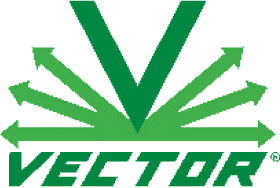2017
Structural Health Monitoring for Corrosion, Cathodic Protection, and Structure Performance
Estimated Reading Time: 1 minute, 44 seconds

Concrete structural health monitoring (SHM) is now an integral part of concrete project design and maintenance across a wide array of applications ranging from bridges and buildings, to nuclear facilities, dams and tunnels. Its benefits include a better understanding of structural performance and longevity, advanced warnings of problems, extended life and lower maintenance costs. The goal of SHM is “… to develop automated systems for the continuous monitoring, inspection, and damage detection of structures with minimum labor involvement” (Sun et al., Advances in Civil Engineering, Volume 2010).

There are a variety of monitoring and sensing techniques in the field of structural health monitoring. One of the more recent and innovative approaches uses optical fiber sensors, which can either be embedded or mounted on the surface of concrete structures. Put very simply, when temperature or strain causes a structure to expand or contract, an optical signal is produced and relevant data is recorded for analysis. Optical fiber sensors can be used to monitor the health and life-cycle of all types of concrete structures. Specific types of measurements include strains, temperatures, accelerations, cracks, corrosion rate, and vibration.
There are several advantages associated with optical fiber technology. Among these, fiber optics are small and light-light weight, corrosion resistant, and generally easier to embed in comparison with traditional mechanical and electrical sensors. Likewise, the cost of implementation and maintenance is comparatively less than other SHM techniques.
A continuous understanding the structural integrity of concrete infrastructures is a vital aspect of maintenance and safety initiatives. While optical fiber technology is just one of several approaches, its benefits and potential for cost savings make it an attractive choice for installation into new and existing projects.
Vector Construction in partnership with VCS offers SHM design, installation and training services including a new StructureView web-portal system for remote access and analysis of data.
Uses and Benefits of StructureView Monitoring include:
- Determine in-place performance
- Validation of design and modeling
- Develop and verify repair strategies
- Monitor construction impact on adjacent structures
- Hazard monitoring for increased safety
- Early detection of deterioration
- Remote data collection for reduced inspection costs
